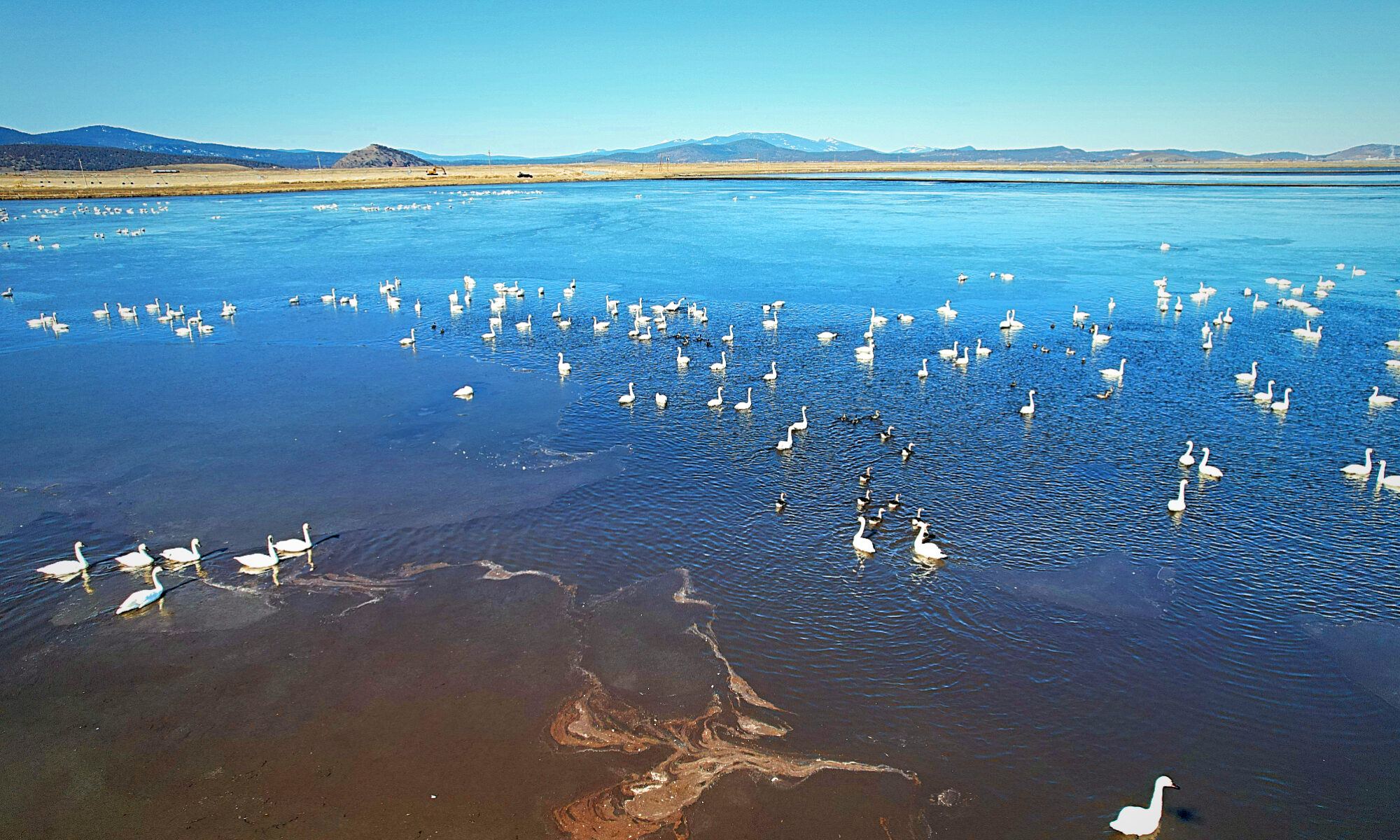If you’ve been listening to the Klamath Drainage District, or frankly any of the districts in the Klamath Project, there’s one thing we’ve all been consistently focusing on – the need for our refuges to have water.
This year alone, KDD patrons sent water to the Lower Klamath Lake National Wildlife Refuge in an attempt to give birds migrating north on the Pacific Flyway a place to rest. Aside from recognizing the importance of the refuge, our family farmers and ranchers also see their pastures and fields as important habitat for Klamath Basin wildlife when the refuges are allowed to go dry.

KDD lands, canals and drains play a crucial role of providing a safe-haven for wildlife, especially over the 20 plus years when water that would have been sent to the Tule Lake and Lower Klamath Lake refuges have been sent down river to meet the specious demands of the Endangered Species Act as enforced by the Bureau of Reclamation.
Now, it appears that KDD and the Klamath Project having water play an even more important role in the well-being of our communities.

In a recent news story from Today, “Just hearing or seeing birds can boost our mental health, new report suggests”.
From the article, “An analysis of data from nearly 1,300 volunteers who agreed to respond multiple times a day to a specialized app that checked on exposures to birds and on mental well-being revealed that people’s moods improved more when they encountered a bird than when they happened upon another aspect of the natural world, such as trees.”

While we don’t follow or refer to studies, this is something that KDD landowners are fully aware of. Raptors, from eagles to kestrels, hunt our fields and pastures, while ducks, geese and Sandhill cranes frequent lands throughout the year. Notable local photographers, such Mary Williams Hyde, has noticed the contributions of KDD to the Lower Klamath Lake refuge, and her incredible photographs of our avian neighbors have been featured on the Klamath Basin Refuges Facebook and Twitter feeds.
KDD understands its connection to our local community. Our canals, ditches and drains help replenish area wells, and we’ve worked with our neighboring irrigation districts to provide early water when we can. Heartbreaking windstorms filled the air with precious topsoil being lifted from farmland, impacting the air quality and causing health concerns for many. The connection between irrigated agriculture and wildlife in the Klamath Basin seems obvious to those of us in the Klamath Project, which is why the Bureau of Reclamation’s focus on single-species management of resources via the Endangered Species Act feels like arbitrary, backwards thinking to the members or our district.
Please don’t misunderstand what we’re stating. Some KDD patrons are actively working to ensure the survival of c’waam and Koptu populations and all want to see a full recovery of salmon in the Klamath River. But we also see the connection of our lands to cleaning the water before it heads down the Klamath River and the impact KDD has on the travelers of the Pacific Flyway. By shutting down irrigated agriculture in the Klamath Drainage District – and the Klamath Project on the whole – we’re not only ignoring the impact on wildlife but also human well-being.
For the sake of your mental health, and for the birds of KDD, we hope you, your family and friends will take a drive through KDD and check out the birds of KDD. From redwing blackbirds to ducks and geese to Sandhill cranes to eagles, there’s something for everyone to enjoy. And we hope when you see news reports discussing the need to dry up the Klamath Project to send more hot, warm water down the Klamath River or the arbitrary elevations being set for Upper Klamath Lake, you remember how important a wet and thriving KDD is for ALL of the wildlife of the Klamath Basin.
It’s not only important for birds and other wildlife, it’s also important for your happiness.











I’m 100 % on board with you.